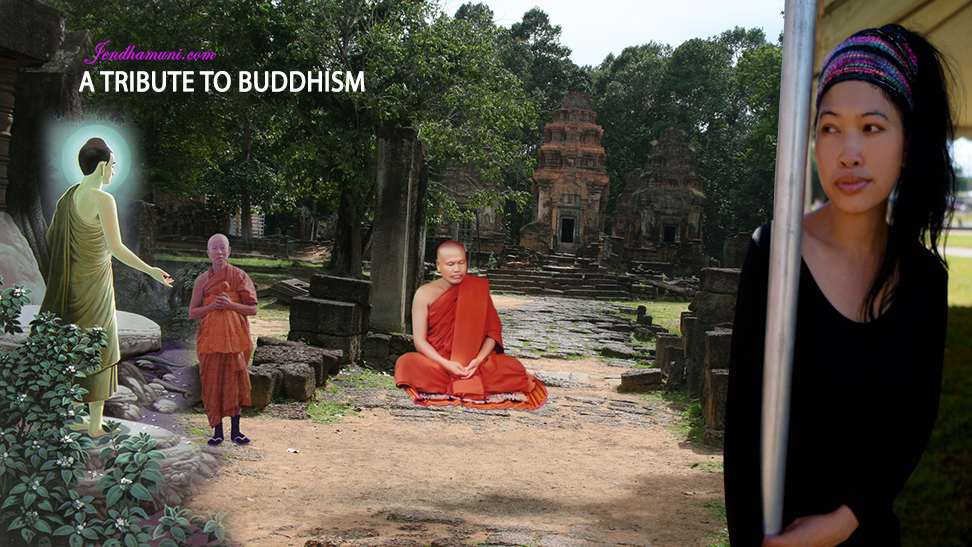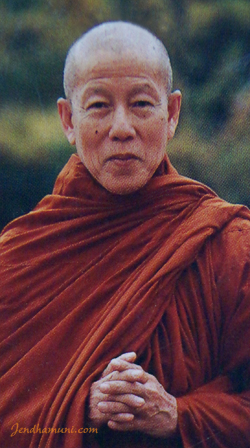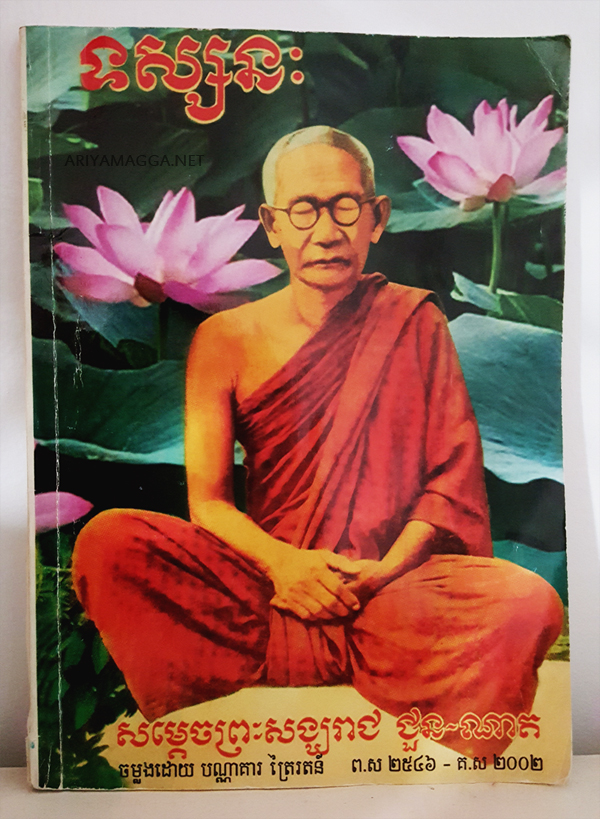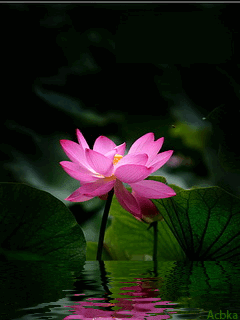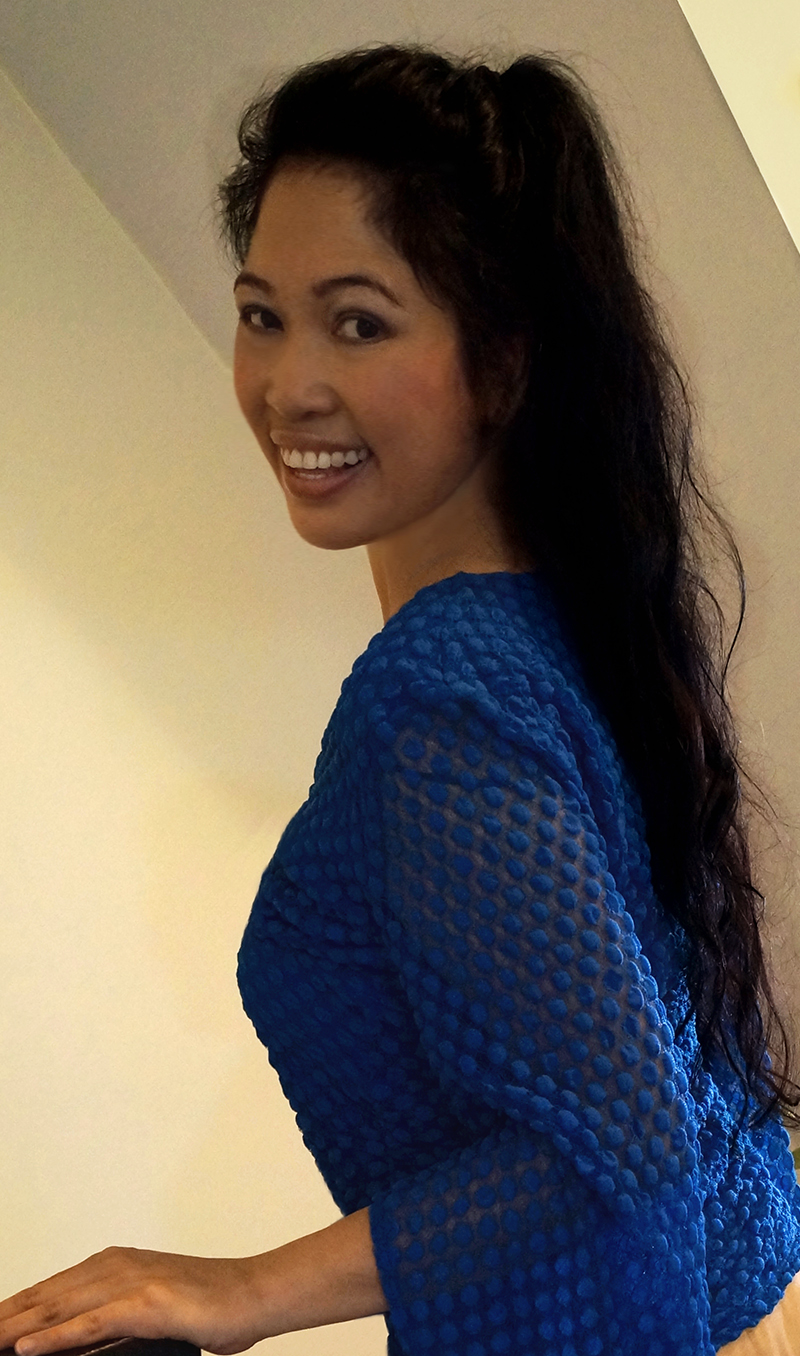-
Comment May 2, 2014
-
A better Tomorrow…
Comment May 2, 2014 -
To be rejected by someone doesn't mean
40 May 2, 2014 To be rejected by someone doesn't mean you should also reject yourself or that you should think of yourself as a lesser person. It doesn't mean that nobody will ever love you anymore. Remember that only ONE person has rejected you at the moment, and it only hurt so much because to you, that person's opinion symbolized the opinion of the whole world, of God. ― Jocelyn Soriano
To be rejected by someone doesn't mean you should also reject yourself or that you should think of yourself as a lesser person. It doesn't mean that nobody will ever love you anymore. Remember that only ONE person has rejected you at the moment, and it only hurt so much because to you, that person's opinion symbolized the opinion of the whole world, of God. ― Jocelyn Sorianohttp://leelavadeeflower.blogspot.com/2014/05/to-be-rejected-by-someone-doesnt-mean.html
This post has been reshared 37 times on Google+
View this post on Google+ -
May You be the Reason
139 May 1, 2014 Every little smile can touch someone's Heart.
Every little smile can touch someone's Heart.
May you find thousands of reasons to smile today.
May you be the reason for someone else's smile…http://leelavadeeflower.blogspot.com/2014/05/may-you-be-reason.html
This post has been reshared 67 times on Google+
View this post on Google+ -
Life begins with our cry
34 May 1, 2014 Life begins With our cry.
Life begins With our cry.
Life ends With others cry.
Fill this gap With as much laugh as possible
Always be Happy and Make Others Too.Sources: latestsms
http://leelavadeeflower.blogspot.com/2014/05/life-begins-with-our-cry.html
This post has been reshared 23 times on Google+
View this post on Google+ -
What are the health benefits of green tea?
1 May 1, 2014
Photo source: myessentia.com Green tea, native to China and India, has been consumed and hailed for its health benefits for centuries globally, but has only recently gained popularity in the US.
Tea is considered the most consumed beverage in the world behind water, however 78% of the tea consumed worldwide is black and only about 20% is green.1
All types of tea except herbal tea are brewed from the dried leaves of the Camellia sinensis bush. The level of oxidation of the leaves determines the type of tea.
Green tea is made from un-oxidized leaves and is the least processed type of tea and therefore contains the most antioxidants and beneficial polyphenols.
Green tea was used in traditional Chinese and Indian medicine to control bleeding and heal wounds, aid digestion, improve heart and mental health and regulate body temperature.4 Recent studies have shown green tea can potentially have positive effects on everything from weight loss to liver disorders to type 2 diabetes.
This MNT Knowledge Center feature is part of a collection of articles on the health benefits of popular foods. It provides a nutritional breakdown of green tea and an in-depth look at its possible health benefits, the different forms of green tea, and some precautions when consuming green tea.
Nutritional breakdown of green tea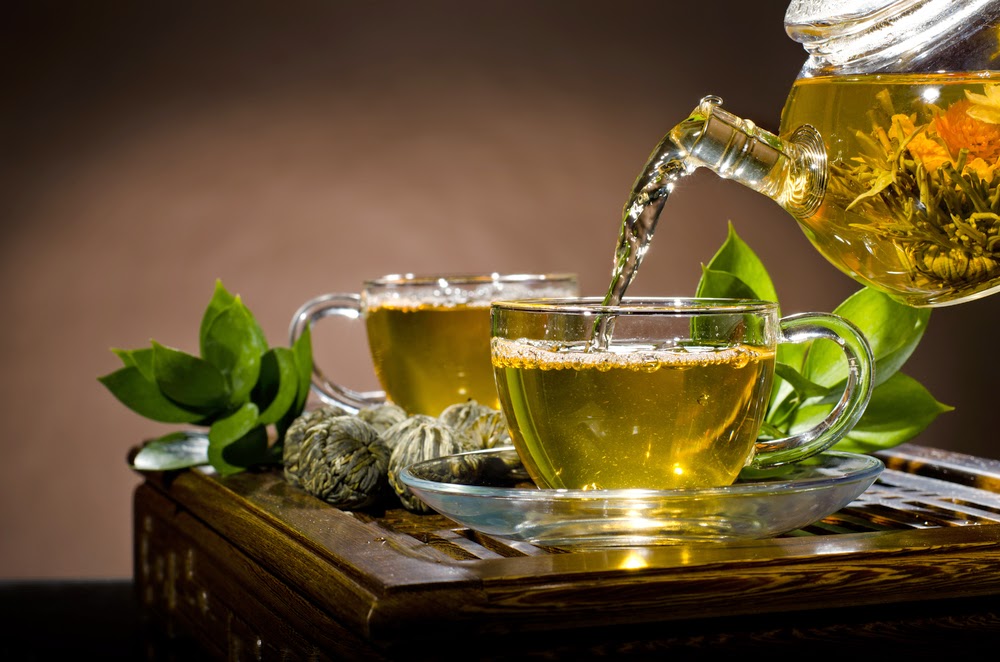
Photo source: hisacne.com Unsweetened brewed green tea is a zero calorie beverage. The caffeine contained in a cup of tea can vary according to length of infusing time and the amount of tea infused.
In general, green tea contains a relatively small amount of caffeine (approximately 20-45 milligrams per 8 oz cup), compared with black tea which contains about 50 milligrams and coffee with 95 milligrams per cup.2
Green tea is considered one of the world’s healthiest drinks and contains the highest amount of antioxidants of any tea. The natural chemicals called polyphenols in tea are what are thought to provide its anti-inflammatory and anti-carcinogenic effects.
Epigallocatechin-3-gallate (EGCG) is the most studied and bioactive polyphenol in tea and has been shown to be the most effective at eliminating free radicals.1, 4
Green tea is approximately 20% to 45% polyphenols by weight, of which 60% to 80% are catechins such as EGCG.1
Possible health benefits of green tea
Below are the potential health benefits associated with green tea:
Cancer:
According to the National Cancer Institute, the polyphenols in tea have been shown to decrease tumor growth in laboratory and animal studies and may protect against damage caused by ultraviolet UVB radiation.
In countries where green tea consumption is high cancer rates tend to be lower, but it is impossible to know for sure whether it is the green tea that prevents cancer in these specific populations or other lifestyle factors.4
One large-scale clinical study compared green tea drinkers with non-drinkers and found that those who drank the most tea were less likely to develop pancreatic cancer, particularly women, who were 50% less likely to develop the disease.
Studies have also shown the positive impacts of green tea on breast, bladder, ovarian, colorectal, esophageal, lung, prostate, skin and stomach cancer.
Researchers believe that it is the high level of polyphenols in tea that help kill cancerous cells and stop them from growing, however the exact mechanisms by which tea interacts with cancerous cells is unknown.
Other studies have shown a lack of preventative effects of tea on cancer. The amount of tea required for cancer-preventive effects has also varied widely in studies – from 2- 10 cups per day.1
In 2005, the FDA stated that “there is no credible evidence to support qualified health claims for green tea consumption and a reduced risk of gastric, lung, colon/rectal, esophageal, pancreatic, ovarian, and combined cancers.”1Heart Disease:
A 2006 study published in the Journal of the American Medical Association concluded that green tea consumption is associated with reduced mortality due to all causes, including cardiovascular disease.
The study followed over 40,000 Japanese participants between the ages of 40 and 79 for 11 years, starting in 1994.The participants who drank at least 5 cups of green tea per day had a significantly lower risk of dying (especially from cardiovascular disease) than those who drank less than one cup of tea per day.
Another study found that consuming 10 cups of green tea per day can lower total cholesterol, however, consuming 4 cups or less had no effect on cholesterol levels.1Type 2 Diabetes:
Studies concerning the relationship between green tea and diabetes have been inconsistent. Some have shown a lower risk of developing type 2 diabetes for green tea drinkers than for those who consumed no tea, while other studies have found no association between tea consumption and diabetes at all.1
Weight Loss:
Green tea may promote a small, non-significant weight loss in overweight and obese adults; however, since the weight lost in the studies were so minimal, it is unlikely that green tea is clinically important for weight loss.
Other studies have found that green tea is helpful in preventing dental cavities, stress, chronic fatigue, treating skin conditions and improving arthritis by reducing inflammation.
Source: MNT
Last updated on Wednesday 9 April 2014 -
A better Tomorrow
22 May 1, 2014 We always Work for a Better Tomorrow…
We always Work for a Better Tomorrow…
But, When Tomorrow Comes,
Instead of Enjoying,
We Again, Think of a Better Tomorrow!Sources: latestsms
http://leelavadeeflower.blogspot.com/2014/05/a-better-tomorrow.html
This post has been reshared 11 times on Google+
View this post on Google+ -
Yaad teri yaad ati hai Indian sad song
Comment May 1, 2014 -
10 Insider Fashion Hacks
Comment May 1, 2014 -
Hum Tum – Title Song (1080p HD Song)
Comment May 1, 2014

